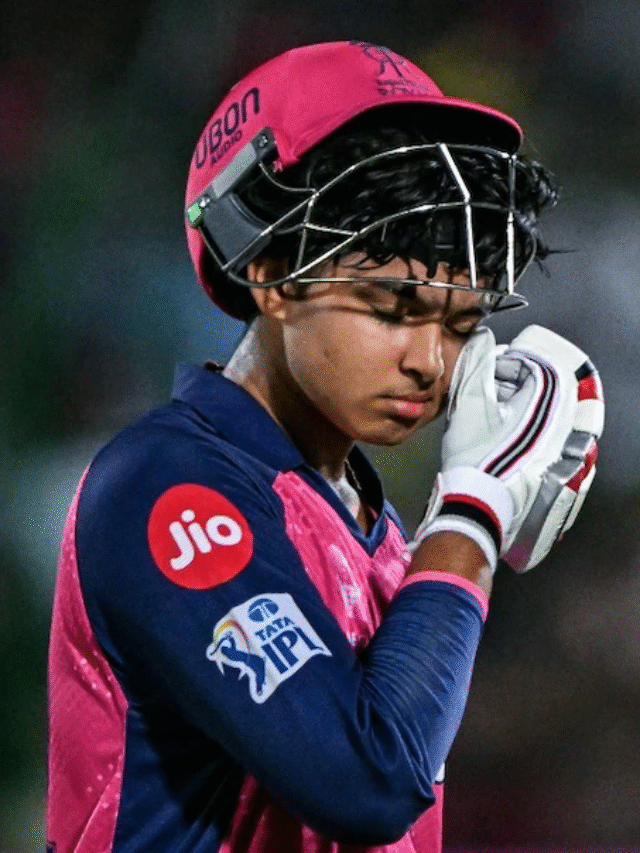Life insurance ownership in urban India has hit an all-time high of 78%, according to the latest Axis Max LifeIndia Protection Quotient (IPQ) 7.0 survey. This marks a rise in awareness and willingness to secure financial protection among Indians, the report said.
The survey, conducted in partnership with Kantar, also revealed that the India Protection Quotient (IPQ) has touched a new high of 48.
While talking to CNBC-TV18.com, Prashant Tripathy, CEO and Managing Director of Axis Max Life Insurance, said, “The big shift we’re seeing is that people no longer look at life insurance as just a checkbox investment for tax savings. There’s a transition from viewing insurance as a cost to viewing it as essential coverage.”
Tripathy emphasised that “this is the first time in seven years where ‘cover’ has overtaken ‘premium’ as the top priority in term insurance purchases.”
ALSO READ | Life insurers’ first-year premiums rise 2% in March, 5.1% in FY25
According to IPQ 7.0, three in four urban respondents now prioritise adequate coverage over affordability.
Tripathi added that the rise in life insurance ownership is a testament to rising awareness, as the knowledge index also rose to 63 in IPQ 7.0, up from 61 in the previous edition.
“But rising ownership doesn’t mean we’ve arrived — we still need to bridge gaps in coverage, especially among women and the self-employed,” he told CNBC-TV18.com.
Gender gap in financial protection widens
While working men saw a sharp rise in their protection quotient (from 47 to 50), working women’s score is stagnated at 48.
Tripathy acknowledged the concern: “Women still report lower financial security across key milestones. This calls for a focused, gender-sensitive push — whether it’s in product design, distribution, or education.”
Women also reported higher anxieties around inflation, healthcare costs, and the loss of the primary earner.
Term insurance awareness up, yet cost still a barrier
The survey revealed that while term insurance awareness rose from 70% to 74% and ownership from 31% to 34%, cost concerns still deter many.
About 25% of respondents cited affordability as the key reason for not buying term insurance, up from 21% last year.
However, online term plan purchases are gaining traction — 22% of respondents bought online, up from 18% in IPQ 6.0.
Tripathy said digital is emerging as a “big equaliser,” especially among younger and salaried demographics, because of its ease and transparency.
GenZ takes a disciplined turn, salaried class leads
GenZ has emerged as a financially-conscious cohort, with a protection quotient of 41 and two in three owning life insurance.
Their mid-term planning goals — buying a house, car, or vacationing — reflect a more structured and disciplined financial mindset, the survey noted.
Salaried individuals continue to lead with the highest protection quotient of 52.
While the self-employed have shown improvements in confidence and adoption of term plans, their ability to save from household budgets has declined.
Region and city class divide narrows, South leads
Across regions, South India continues to lead in protection, with strong gains in both term insurance and savings product ownership.
West India saw a record high 41% term plan ownership, while the East continues to lag despite growing awareness.
Tier-2 cities also recorded gains in life insurance ownership (up from 62% to 66%), signalling growing financial protection beyond India’s metros.
In metros, the protection quotient reached 86, supported by higher insurance penetration and improved financial security levels.
ALSO READ | What is an annuity plan and how does it work in India






